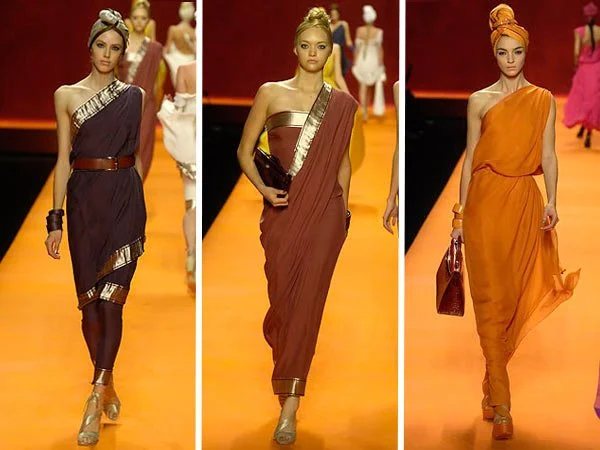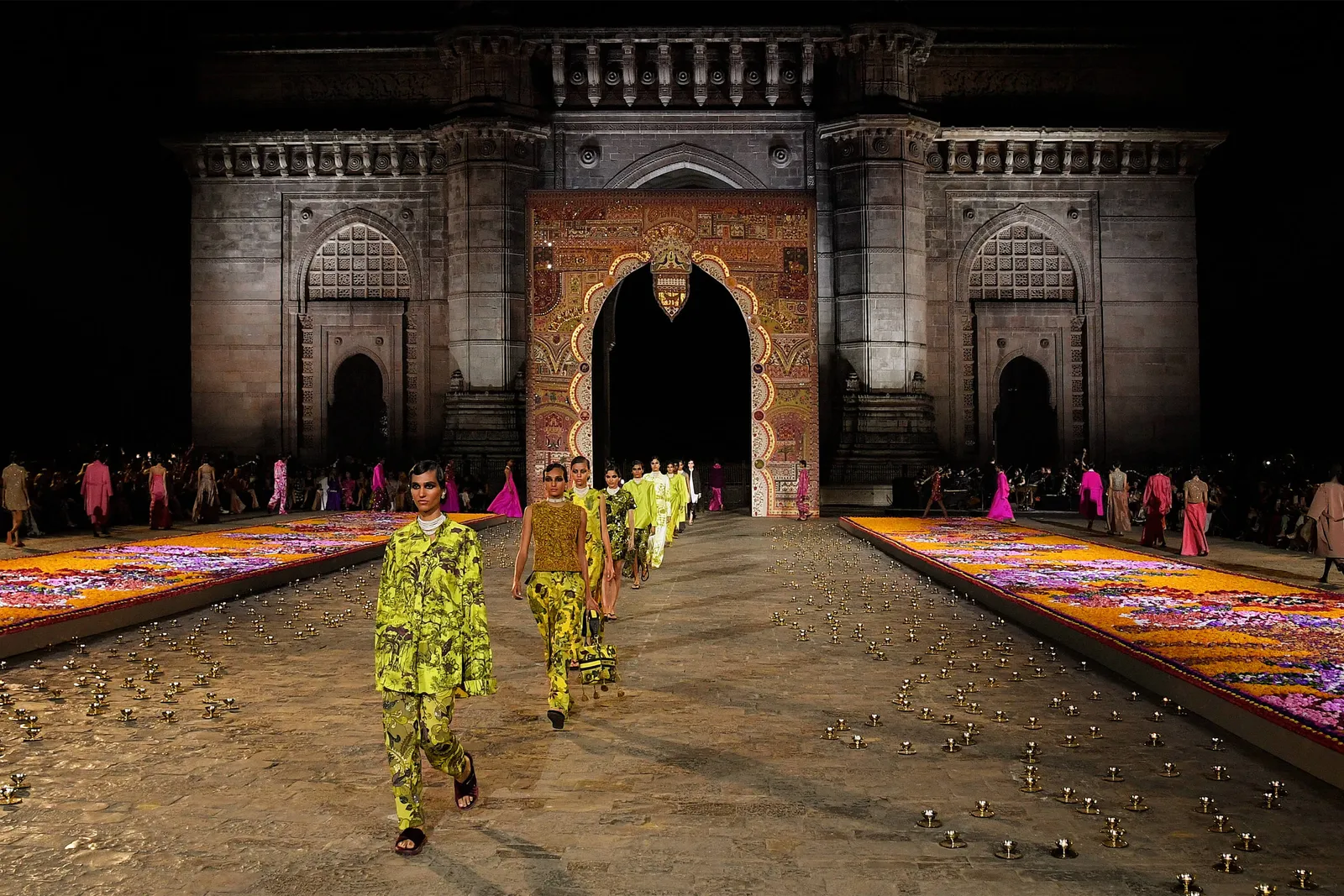What You’re Wearing Now? Prada Might Want It Next
Ever looked down at your favorite, well-worn pair of shoes/sandals the ones that just get you, that have walked a million miles with you, perhaps even weathered a few storms and rains and thought, "Could this be the next big thing?" Probably not, right?
Hold onto your hats, or rather, your chappals, because Prada is here to shake things up.
Prada with Kolhapuris!
Yes, you read that right. The humble Kolhapuri chappal, a staple on Indian streets for centuries, recently stepped onto Prada's Spring 2026 menswear runway in Milan. And let me tell you, it’s not just a moment it’s the moment.
Kolhapuris, handcrafted in the sun drenched ateliers of Maharashtra for over 800 years, were never about trends. They were about comfort, generations of inherited craft, and deep rooted culture. Now, luxury fashion is waking up to their timeless appeal. These enduring symbols of Indian craftsmanship are finding their way onto the highly polished shelves of luxury fashion.
Image: Business Standard
Initially, Prada showcased these "toe-ring sandals" without explicitly crediting their Indian inspiration, leading to a considerable buzz and some significant backlash across social media and within Indian fashion circles. It highlighted a critical conversation where does inspiration end and appropriation begin?
But here’s the exciting part, the real inside scoop: Following this global discussion, Prada has officially acknowledged the Kolhapuri chappal as the inspiration behind their designs. Even better, they've gone a step further. Just last week, the Maharashtra Chamber of Commerce, Industry and Agriculture (MACCIA) announced that Prada intends to launch a limited-edition ‘Made in India’ capsule collection, inspired by and in partnership with local Kolhapuri artisans. They’re even sending a technical team to Maharashtra to explore direct collaboration and ethical sourcing! This isn't just borrowing a design; it's a potential pathway to a respectful, collaborative future for luxury and heritage crafts.
But Prada isn’t the only one taking notice.
Remember when Christian Louboutin teamed up with Sabyasachi (link), blending red soles with vintage sari fabrics? Those heels screamed Indian elegance with Parisian flair, a true fusion that celebrated both sensibilities.
Or when Hermès launched a dedicated sari collection, giving the elegant six-yard staple a luxury twist with their signature silk scarf prints and meticulous 'roulotté' edges?
And who can forget Dior’s spectacular Pre-Fall 2023 show in Mumbai? Held against the breathtaking backdrop of the Gateway of India, the collection was a vibrant homage to India's textile heritage, where Indian embroidery and karigari took center stage on a global runway.
The Actual Takeaway:
Luxury fashion isn't just taking cues from India anymore; they're venerating its craftsmanship, its vibrant hues, and yes, its glorious pandemonium. For too long, the narrative was about the West influencing the East. Now, we're seeing a powerful reversal, a respectful acknowledgment of handmade crafts, deep history and culture, and we are seeing the stories of artisans who have perfected their craft over generations are finally gaining the spotlights.
It makes me wonder, then, what if we change our perspective: what you wear every day, the everyday tools you use, the local traditions you observe, could very well be the next global hit, the next big business idea, or the next iconic innovation. All it takes is the right lens, the ability to tell its unique story, and the courage to present it to the world in a fresh, compelling light.
Maybe its time when we will see the transition of comfort into innovation, tradition into global creativity.
So, it begs the question, doesn't it? What traditional piece, what overlooked everyday item, what simple concept from your own world, do you think has the potential to become the next iconic thing, or even the cornerstone of a new business venture? What story are we just waiting to tell? How are you going to bring some creative twist on traditional assets?
Written & Researched by: Ritu Ghorai
Edited by: Nidhi Agrawal



